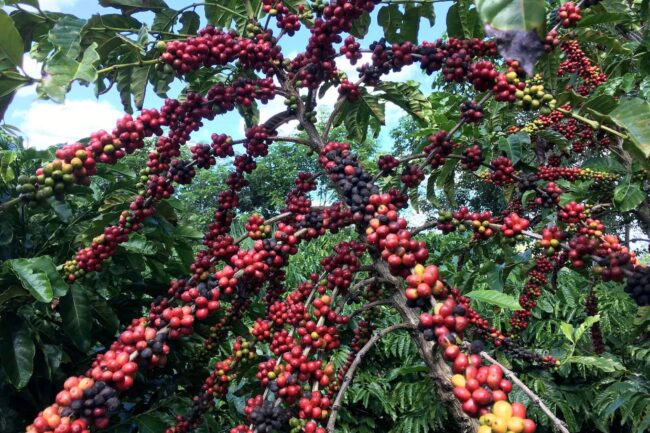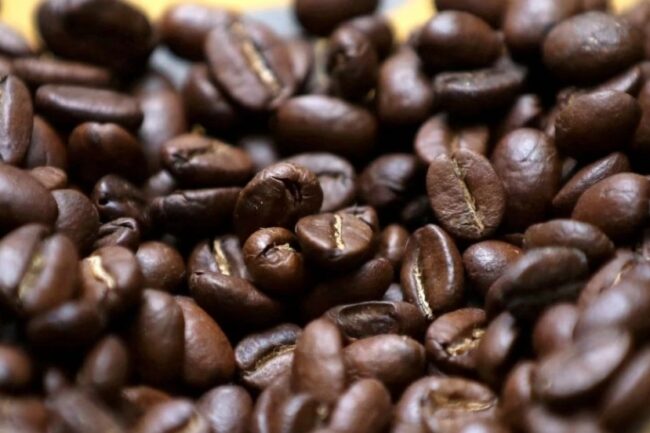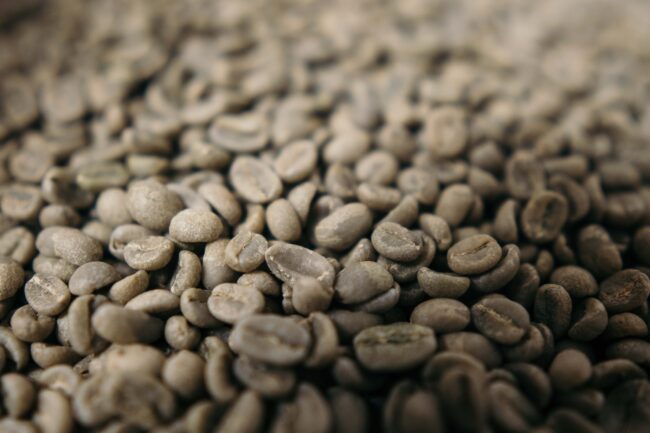Sep arabica coffee (KCU23) this morning is up +2.60 (+1.61%), and Sep ICE robusta coffee (RMU23) is up +70 (2.68%).
Coffee prices this morning are moderately higher. Tighter coffee supplies are boosting prices after ICE-monitored robusta coffee inventories last Thursday fell to a record low of 5,096 lots (data history back to 2016). Also, last Thursday, ICE-monitored arabica coffee inventories dropped to an 8-1/2 month low of 527,942 bags. In addition, coffee is seeing support from a lack of sales by coffee farmers in Brazil, who are holding back supplies in anticipation of higher coffee prices.
Last Thursday, arabica posted a 5-week high after the International Coffee Organization (ICO) reported global coffee exports from Oct-Jun were down -6.2% y/y at 93.44 mln bags.
Tight global robusta coffee supplies are bullish for prices. Vietnam’s General Department of Customs reported on July 18 that Vietnam coffee exports in the first half of this year (Jan-Jun) fell -3.1% y/y to 1 MMT. Also, Vietnam’s coffee harvest this year is expected to drop more than -7% to 1.67 MMT, the smallest crop in four years, according to a Bloomberg survey of exporters and traders released on May 3. Vietnam is the world’s largest producer of robusta coffee beans. However, Cecafe reported on July 20 that Brazil’s June robusta exports rose +60% y/y to 230,653 bags.
In a bullish factor for arabica coffee, Cecafe on July 20 reported that Brazil’s June arabica coffee exports fell -23% y/y to 2.1 mln bags. Total Brazil June green coffee exports fell -19% y/y to 2.3 mln bags.
Smaller coffee supplies from Colombia are supportive of prices. On July 7, the Colombia Coffee Growers Federation reported that Colombia Jun coffee exports fell -20% y/y to 748,000 bags. Colombia is the world’s second-largest producer of arabica coffee beans. However, Honduras, the largest coffee-producing country in Central America, reported Monday that its coffee exports rose +63% y/y in July to 828,499 bags.
Coffee prices saw support after Rabobank on June 27 raised its 2022/23 coffee deficit forecast to -6.4 million bags due to a 3.6 million bag cut in its 2022/23 coffee production estimate to 164 million bags. The lower production estimate was caused mainly by lower production in Brazil and Colombia. However, Rabobank expects a neutral coffee balance in 2023/24, with a surplus in arabica and a deficit in robusta. Coffee trader Volcafe recently forecasted the global 2023/24 robusta coffee market would see a record deficit of 5.6 mln bags.
Dry conditions in Brazil have accelerated the country’s coffee harvest, boosting supplies and undercutting prices. Cooxupe, Brazil’s coffee export cooperative, reported last Wednesday that Brazil’s coffee harvest was 66.5% completed as of July 28, ahead of the 62.8% completed at the same time last year. Somar Meteorologia reported today that Brazil’s Minas Gerais region received no rain last week. Minas Gerais accounts for about 30% of Brazil’s arabica crop.
The USDA Foreign Agricultural Service forecasted in its June biannual report, released on June 22, that world coffee production in 2023/24 will increase +2.5% y/y to 174.3 million bags, with a +6.9% increase in arabica production to 96.3 million bags, and a -2.4% decline in robusta production to 78.0 million bags. USDA FAS forecasts that 2023/24 Brazilian coffee production will rise by +14.5% to 67.9 million bags, while Vietnam’s 2023/24 production will fall -3.5% to 30.2 million bags. USDA FAS forecasts that 2023/24 ending stocks will edge higher by +0.8% to 31.8 million bags from 31.6 bags in 2022-23.
The U.S. Climate Prediction Center on June 8 declared an El Nino weather event, which is likely to be supportive of coffee prices. The U.S. Climate Prediction Center said sea surface temperatures across the equatorial Pacific Ocean had risen 0.5 degrees Celsius above normal, and wind patterns have changed to the point where El Nino criteria have been met. An El Nino pattern typically brings heavy rains to Brazil and drought to India, negatively impacting coffee crop production. The El Nino event may bring drought to Vietnam’s coffee areas late this year and in early 2024, according to an official from Vietnam’s Institute of Meteorology, Hydrology, and Climate Change.
Illustrating a tight coffee supply picture in 2022/23, the ICO said the global 2022/23 coffee market deficit widened to -7.3 mln bags from a -7.1 mln bag deficit in 2021/22. ICO reported that 2022/23 global coffee production increased +1.7% y/y to 171.27 mln bags, but that 2022/23 global coffee consumption increased +1.7% y/y to a larger 178.53 mln bags.




